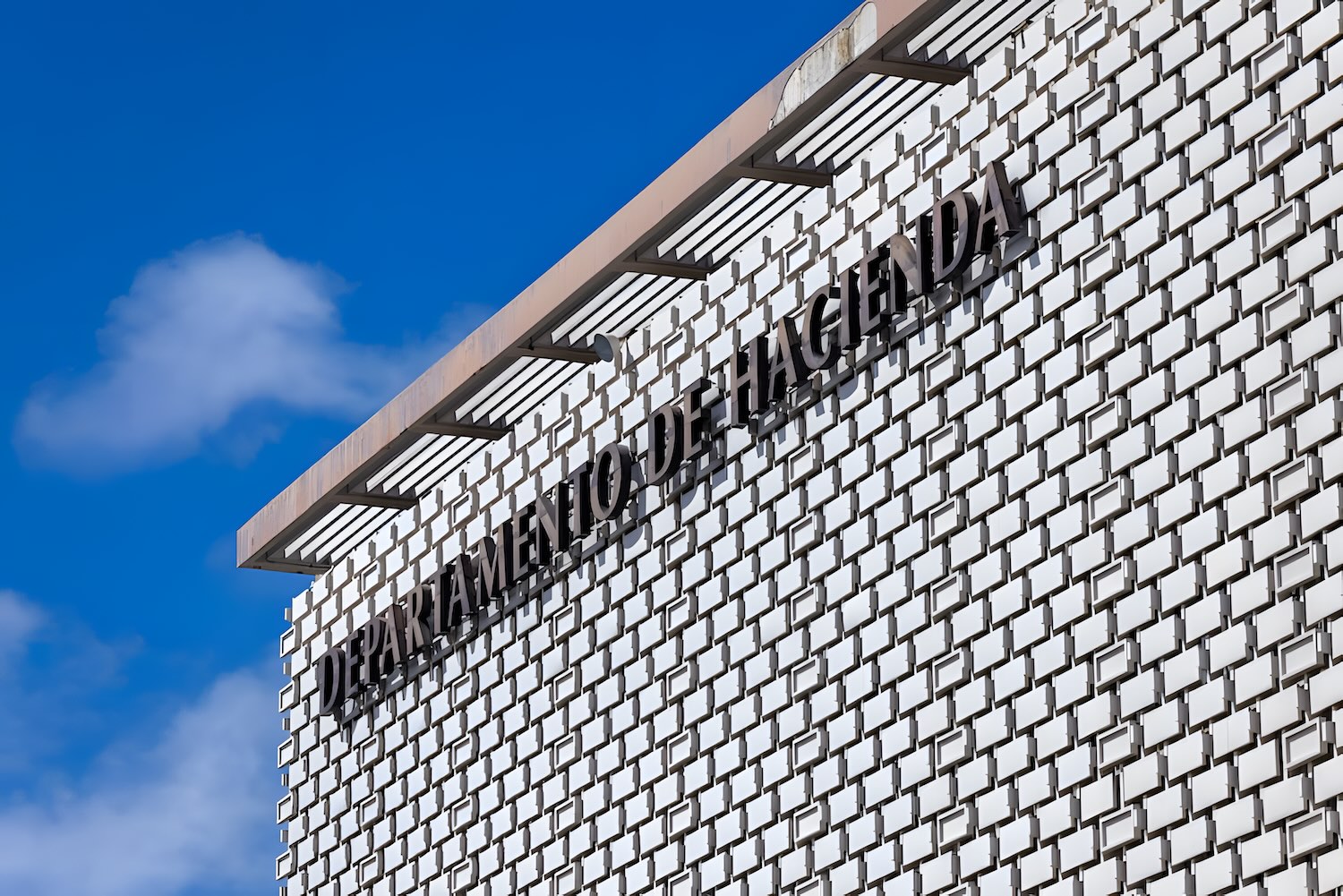A study conducted by economist Edwin Ríos and researcher and academic Ángel Carrión Tavárez concludes that various federal taxes are also paid on the Island.

For every dollar generated in Puerto Rico through economic activity, taxpayers pay 26 cents in taxes. This means that, when looking at state and municipal taxes paid in the 50 states of the United States, Puerto Ricans pay the most money in taxes. (Ramon "Tonito" Zayas)
For every dollar generated in Puerto Rico through economic activity, taxpayers pay 26 cents in taxes. This means that, when looking at state and municipal taxes paid in the 50 states of the United States, Puerto Ricans pay the most money in taxes.
A study conducted by economist Edwin Ríos and researcher and academic Ángel Carrión Tavárez provides an in-depth analysis of the island's tax system. Among other things, they sought to demystify tax information, such as the claim that Puerto Ricans do not pay federal taxes here, and to clarify who actually pays most of the taxes on the island.
Ríos, who was assistant secretary for Economic and Financial Affairs at the Department of the Treasury, said that paying 26 cents on every dollar represents a significant burden for taxpayers.
“That's a lot,” he said, explaining that they sought to compare what is paid in taxes in each state, excluding federal taxes. “When we compare on an equal basis, the tax burden in Puerto Rico is higher than that of the states. This is looking at total taxes relative to economic output. At the state and municipal tax level, it is the highest number.”
The report, entitled “Taxes in Puerto Rico: Structure, Tax Burden, and Comparison with the United States,” was funded by the Institute for Economic Freedom (ILE), which published the results on its website this week.
Federal Taxes
The research conducted by the two experts also concluded that Puerto Rico does pay a high amount of federal taxes.
“To say that federal taxes are not paid in Puerto Rico is one of the things that this report refutes. They are paid, and we have identified them. And surely additional taxes are paid, because there are others that we have not identified. When federal taxes are taken into consideration, this makes the tax burden in the states greater than in Puerto Rico,” explained Carrión Tavárez, director of Research and Public Policy at the ILE. “But, since that (tax burden) is measured in relation to production, we put an asterisk and say that this difference is due, on the one hand, to the fact that not all federal taxes are paid in Puerto Rico, but also to the fact that production in Puerto Rico is much lower than in the United States, and less diverse.”
How much is paid in federal taxes?
The study, which seeks to evaluate and compare Puerto Rico's tax system with that of the 50 states, found that there are 10 categories of state and local taxes on the island, i.e., municipal taxes, with varying tax bases and rates.
“Federal taxes are paid, with revenues in fiscal year 2023 amounting to $5.39 billion, a figure similar to that recorded in Vermont,” the analysis states among its main findings.
Of these federal taxes paid that year, $3,674 million corresponded to contributions to federal social security systems and another $1,716 million corresponded to other tax categories.
“Puerto Rico residents paid more in federal taxes than in municipal taxes, which totaled $2,311 million that same year,” the analysis concludes. "In other words, for every dollar in municipal taxes, Puerto Rico residents paid $2.33 in federal taxes in 2023. Puerto Rico has a more concentrated distribution of state and local taxes than the average for US states, as it depends on two types of taxes for 69.6% of its revenue: taxes on the consumption of goods and services and corporate taxes. Corporate taxes represent the biggest difference between the two jurisdictions, with a ratio 4.4 times higher on the island."
In Puerto Rico, property taxes account for a smaller share of total tax revenue, representing 7.3%, while in the United States this share is 27.4%.
Who contributes more?
According to the tax analysis, 40.1% of the income tax returns filed in 2023—just under 500,000 taxpayers—had no tax liability that year.
Therefore, taxpayers with incomes above $100,000—who represent only 7% of tax returns—contributed more than 62.2% of the total revenue collected. According to the analysis, this “reflects a high structural dependence of the system on this segment.”
“Those who reported incomes of up to $40,000 (around 467,313 taxpayers) contributed only 9.2% of the total collected,” the study lists among its findings.
“The distribution of state and local tax revenues by type shows that Puerto Rico's tax system relies more heavily on personal income tax than the tax systems of 15 states, nine of which do not have personal income tax,” the document adds.
The analysis did not thoroughly evaluate the effects of special tax breaks, such as those contained in the Incentives Code, or the so-called Law 60. Researchers did look at the impact of benefits such as the Work Credit and the refundable incentive for which the government disbursed $250 million in a single tax year.
"From my perspective, the Work Credit is an important initiative because it encourages people to enter the workforce, make contributions, and obtain benefits. I am concerned that control has been lost somewhat and that it needs to be reviewed because it is already costing the treasury $1.3 billion,“ said Ríos. ”It is a benefit that was granted to one sector of the population, but the other sector of the working class, wage earners, were not granted any benefits, and this only increased the burden on individuals' income contributions."
This article was originally published in Spanish in El Nuevo Día.

